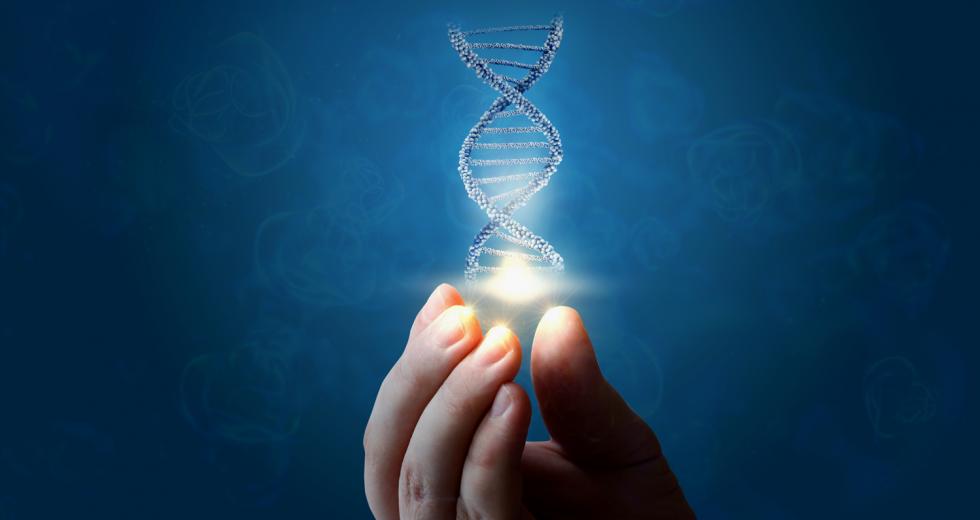People are genetically engineering their own cells in their kitchens, injecting modified viruses into their bodies and surgically implanting homemade sensors under their skin. The “do-it-yourself” mentality has entered the realm of medicine. And, surprisingly, the FBI supports it.
“Biohacking” is a new term used to describe these activities, paying homage to the computer hackers they embody in spirit. Whereas computer programming uses digital code to write programs, biohacking uses a different type of code: DNA.
Biohacking basically means using citizen science to hack one’s body to achieve certain goals. This has grown to encompass a variety of activities, such as genetic engineering and implantation, which refers to implanting devices like RFID chips or sensors that allow you to do things like open doors or monitor body temperature. In a recent case, a man injected a new gene therapy for HIV while live streaming the event. But it also includes less-invasive pursuits, such as using magnetism devices and special lighting to optimize sleeping conditions, or taking special supplements called nootropics for cognitive enhancement.
Although this sounds like high-level biomedical science, the catch is that this human research is not occurring at the National Institute of Health or at the Mayo Clinic: It’s happening in garages and kitchens, and any place where simple cooking can be performed.
At the heart of the biohacking movement is the idea that science should not be restricted to the confines of academia and large pharmaceutical companies. Biohackers believe innovation does not require white lab coats and pristine laboratories; instead, it only requires creativity and a sense of exploration. Their backgrounds range from Ph.D.s in the life sciences to those with no formal training, but the common thread is a fierce curiosity and desire to tinker.
Historically, huge barriers existed to setting up a laboratory due to specific infrastructure needs and highly-specialized equipment, with labs requiring millions of dollars to open and operate. Nowadays, used scientific equipment can be found on Craigslist and Ebay, and low-cost cloned or knock-off equipment is available on sites like Alibaba. This access to equipment has dramatically decreased the barrier of entry to science.
A good example of “software” in biohacking is CRISPR/Cas9, an enzyme that is the current darling of the biotechnology industry because it enables easy genetic engineering of most living cells. A kit containing everything you need to genetically engineer bacteria can be purchased online for $159 at the Open Discovery Institute. It used to take years for a technology to decrease in price, but CRISPR shows how science is getting cheaper and faster.
Another huge barrier to performing science has been access to research journals and publications. Fortunately, scientists are increasingly publishing their work in open-source scientific journals, accessible to anyone with an internet connection. But knowing how to use the information can be trickier. To address this, nonprofit biohackerspaces have opened in larger cities such as Oakland, Seattle, New York and Los Angeles to teach science and perform community-based science projects, and for biohackers to network and solve scientific problems together.
Related: Hacking Your Genes Has Never Been Easier
The high price of pharmaceutical research and development may present a unique opportunity for biohackers. Recently, Mylan Pharmaceuticals faced public scrutiny over the price of the EpiPen skyrocketing to $600 for two. In response, a collective of biohackers released plans for the “Epipencil” that could be assembled at home for $30 each with a reusable autoinjector. The same collective also responded to Martin Shkreli’s price increase for Daraprim by publicly releasing new synthetic methods for anyone with an understanding of chemistry to make the drug for cheaper. Although the impact of these applications may be minimal, it highlights the creativity and ability of biohackers to act.
But one major concern with DIY science is the little oversight over biohackers and their experiments. Biohackers could potentially use their knowledge and equipment to produce Frankenstein organisms or even biological weapons. With great power comes great responsibility. And this technology is powerful.
Recently, a journalist profiling a prominent biohacker asked the leading bioweapons expert at the FBI for the organization’s impression of biohackers. Interestingly, the FBI sees biohackers as an asset rather than a threat, and believes that inhibiting the creativity of the biohacking community would leave our society more vulnerable to biological threats from pathogenic threats from nature. In 2011, to address the concerns of the general public, a community of biohackers wrote and adopted the DIYbio Code of Ethics that sets guidelines for responsible conduct of independent scientists. So, ultimately biohackers are driven by their creativity, guided by community-based principals and trying to use their research to advance ourscientific knowledge.
There is growing energy to build a biohackerspace in the Sacramento region, but the project has yet to reach critical mass. With the vibrant research community and resources at UC Davis and Sacramento State, it’s surprising that our region lacks a community lab or biohackerspace. At a recent Greater Sacramento Economic Council forum, business leaders indicated that health care was a regional strength. If Sacramento wants to expand into the R&D side of health care, it needs to support the creative scientists in our backyard and give them a space to teach, create and invent. There are already startup biotech companies “extending their runway” at the joint H.M. Clause/UC Davis incubator and the newly formed Inventopia, both in Davis, but a biohackerspace would include the whole community — not just startups with seed money to rent lab space.
Before they made history with the Apple Computer Company, Steve Wozniak and Steve Jobs met in garages at the Homebrew Computer Club meetings in the 1970s. The biohackers currently meeting in garages and biohackerspaces may be creating the next big ideas that will create businesses and drive prosperity in our region.



